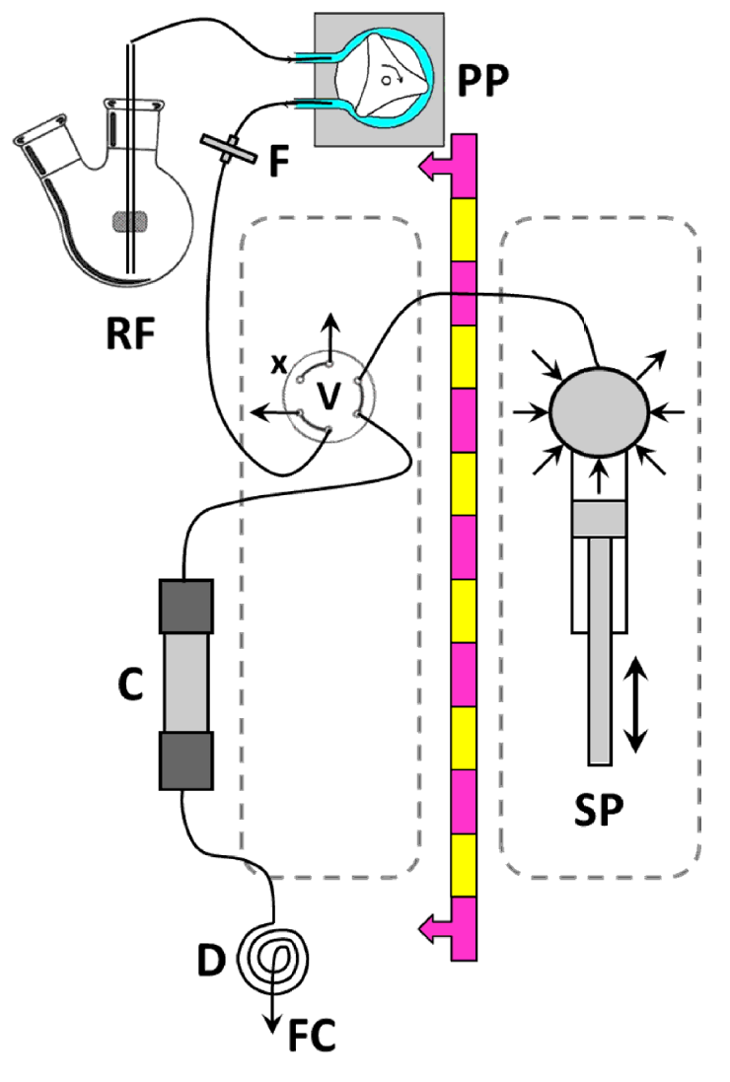PNNL Researchers Automate Column-Based Purification of 89Zr

PNNL publication
An automated purification of zirconium-89 (89Zr) from a yttrium (Y) target has been developed by researchers at the Pacific Northwest National Laboratory (PNNL), in collaboration with the University of Washington Department of Radiology, and is detailed in the February 2018 issue of Applied Radiation and Isotopes.
A positron emitter with a relatively long half-life (78.4 h), 89Zr is a promising radionuclide for immuno-positron emission tomography (immunoPET) applications, wherein 89Zr-labeled antibodies, antibody fragments, aptamers, etc. are tracked and quantified in vivo. The half-life of 89Zr is sufficiently long to assure time for these labeled proteins to reach tumor sites.
The most common technique for producing 89Zr is by bombarding natural Y targets in a cyclotron. The resulting 89Zr is then purified from the dissolved Y targets. Most commonly, the 89Zr purification is performed using a hydroxamate resin column, wherein 89Zr is loaded onto the column from the dissolved Y target in hydrochloric acid (HCl), the column is washed with the acid to remove Y, and then the isolated 89Zr is eluted from the column using 1 M oxalic acid (H2C2O4).
In this paper, the research team describes a simple, automated fluidic system prototype for the purification of 89Zr that provides near-real time monitoring of column effluents. In addition, the team demonstrated that a lower concentration of 89Zr eluent can be used with no decrease in 89Zr product yield. An advantage of lower isotope product solution strength is that proportionally less buffering salts are required to be added prior to protein labeling, and less additives mean a lowered opportunity for contamination of the isotope product with metals that compete for labeling sites. The authors performed titrations on several buffered 89Zr product fractions using deferoxamine to assess product purity and demonstrated purity levels on par with previously reported values. Additional findings are detailed in the full manuscript.
This work was funded by the U.S. Department of Energy Isotope Program. If interested in licensing 89Zr purification-related technology, please contact Eric Lund, PNNL Technology Deployment Manager, at (509) 375-3764.




